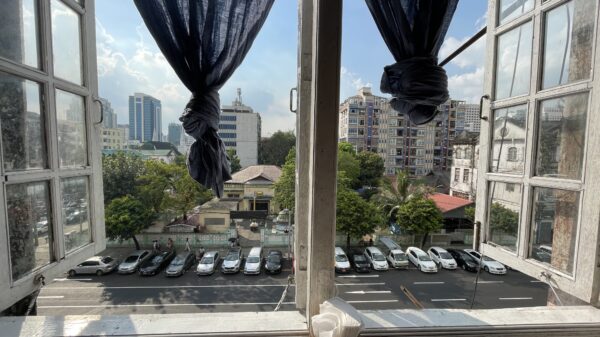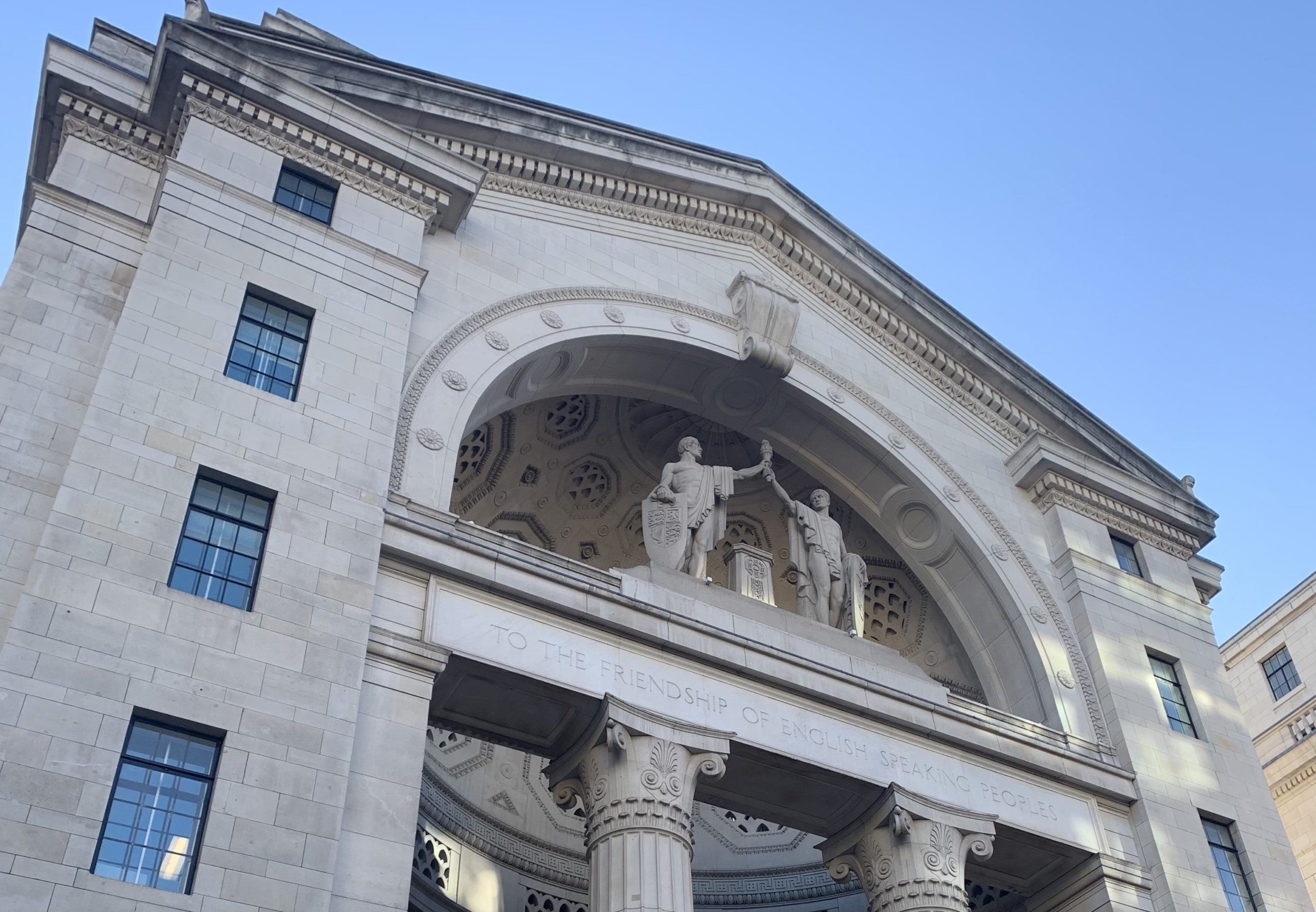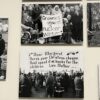‘By me William Shakespeare’ is an insightful exhibition about Shakespeare’s life; although no personal papers of Shakespeare’s life survived, the curators at the National Archives and the academics at King’s have successfully pieced the fragments of official records to create a coherent a multi-dimensional timeline of the playwright’s existence. Split into four rooms, each represented different sections of the playwright’s life. The exhibition forms a space where a dialogue between Shakespeare’s past and our present is established and it was most enchanting to be in such close contact with such relics.
As I walked in, I saw a comprehensive introduction to the exhibition and the documents present. The first room titled ‘Breaking and Making’ charted the beginning of Shakespeare’s’ career as a playwright. From the original theatre, ‘The Theatre’ to the theatre at Blackfriars’ and finally ‘The Globe’, I followed the Lord Chamberlain men’s endeavour to establish a location for their shows. Also, provided in this room was an interesting footage of the construction for the new Globe theatre in Southbank, where we were informed of the original technique used to build it, and got to see the theatre as a skeletal cross-section before it was fully complete. It is only when we read about Richard and Cuthbert’s effort to create the Globe from the remains of ‘The theatre’, and the meritorious effort it took to rebuild it once again in 1997 that we can fully appreciate ‘the Globe theatre’ we see today.
The second room enlightened us on the infamous event in 1601 which played a part in the Essex rebellion and almost got Shakespeare’s company accused of treason. In the room, there was one of the surviving copies of the fourth quarto of this drama and I was in absolute awe of it. It almost had a sacred quality to it and it was then that I realized the formidable and powerful potential of art forms as it was this very piece that led to execution and arrest of the Earl of Essex’s supporters. Indeed, Shakespeare’s ‘Richard II’ was innately seditious and there were many parallels between the ageing Queen Elizabeth I with Richard II who was deposed by Henry IV and then imprisoned and murdered.
The third room represented one of Shakespeare’s most active periods of writing where he lodged at Mountjoy’s house, a family of Huguenots. This is one of the reasons which suggested that Shakespeare, like his father, may have had Catholic sympathies. The room also contained a transcript of Shakespeare’s legal testimony which provided evidence against Stephen Bellott in his claim that his wife’s father, Christopher Mountjoy, promised him a dowry of 60 pounds but never paid it. In the document is one Shakespeare’s earliest surviving signatures; scrawled and cluttered, it was difficult to distinguish the letters in his name. It certainly was astounding to finally be in close contact with something many generations of scholars have studied and observed over.
In this room was also Shakespeare’s will. A treasured document, it was the last contact with writing Shakespeare had before his death. Indeed, significant changes were made in months and immediately before his death. These various additions were distinguished with darker ink between the lines, and these included personal presents given to his family and friends. The National Archives and King’s College have usefully split Shakespeare’s will into an extensive table which shows clearly who Shakespeare left his goods to and how much was given.   This enabled me to envision Shakespeare as an individual who very much loved his friends and family and was compassionate to the poor.
The final room shows the grant of the red cloth and the evolution of ‘The Chamberlain’s men’ into ‘The King’s men’. In it was a book highlighting ‘The King’s Men’ part in the procession, as well as an Account by one of the Masters of the Revels, listing the plays performed at the court in 1611-12. In the room was also a digital installation of 1600s London which beautifully illustrated of what must have been for Shakespeare. Complete with animation and convincing sound effects, the captivating installation vivifies Shakespeare’s past with the present as it goes through the motions of the exhibition. Thus allowing us to experience the ambiance of London; from the rowdy and bustling streets and the full glory and joyous exultation of James, I procession to the melancholy and sorrow which encapsulated London at Shakespeare’s death.
‘By me, William Shakespeare’ allowed me to discover the complex layers of William Shakespeare’s life as well as himself as an individual. From his connections to royalty, his associations with politics and the intimate details of his lodging and his life with his family. It is a profound exhibition which creates a dialogue between the past and present and one that is truly ‘By me, William Shakespeare’.




















